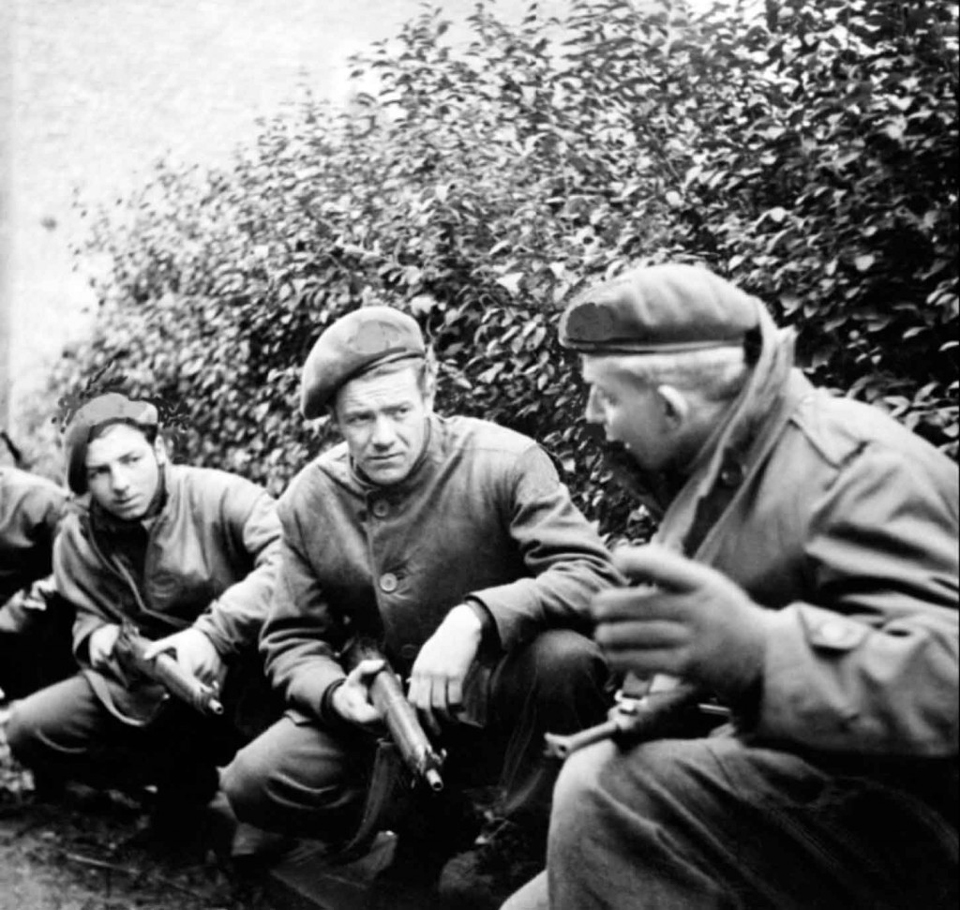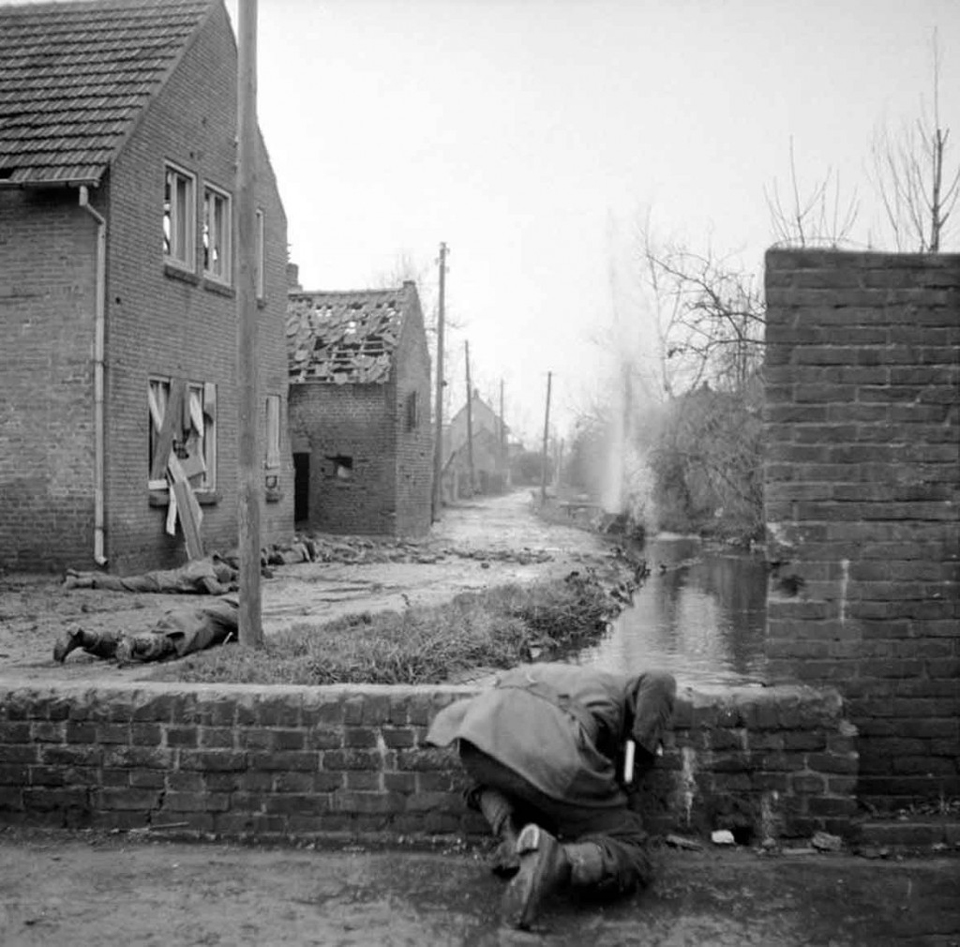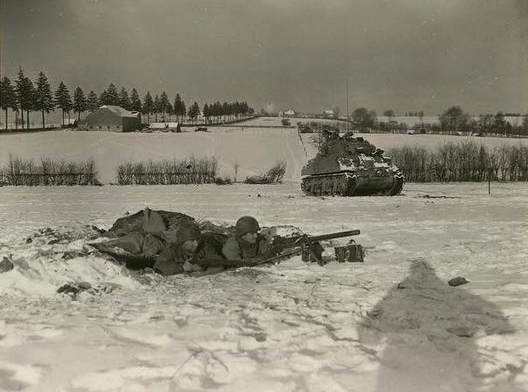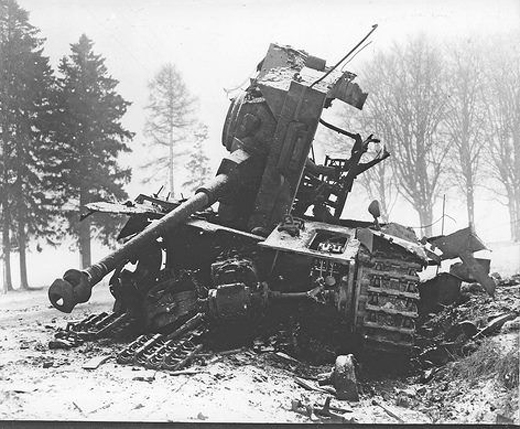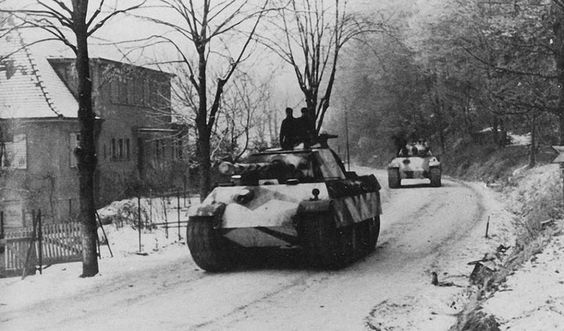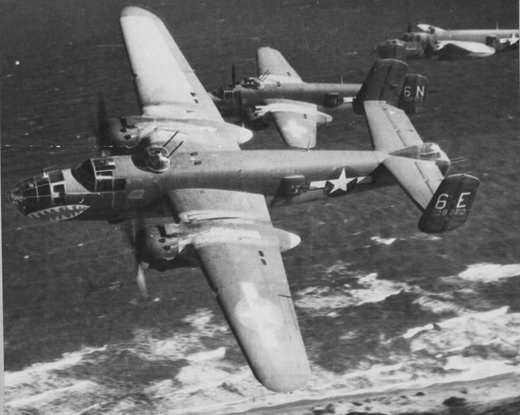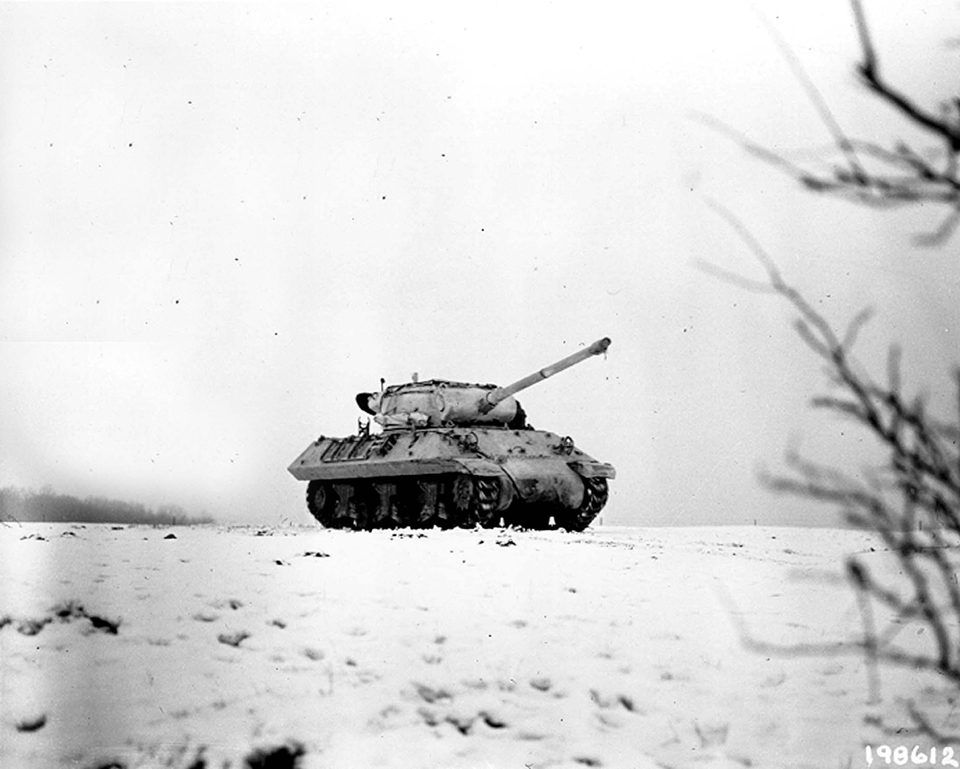Air Operations, CBI
BURMA- 10 10th Air Force B-25s and 12 10th Air Force P-47s attack the airfield at Aungban.
- Fighter-bombers attack troops, ammunition dumps, and supplies at more than 7 locations.
- 14th Air Force fighter-bombers attack the Man Pong, Namtao, and Wanling areas.
- 10 530th Fighter Squadron P-51s destroy 8 Ki-43 'Oscar' fighters and 5 twin-engine aircraft on the ground at the Sinsiang airfield, but are unable to down any enemy fighters in a melee over the base.
- One battle-damaged P-51 is abandoned on the return flight.
- 6 14th Air Force P-51s attack river steamers between Hankow and Chiuchiang. 6 P-51s attack bridges at Chinchenchiang.
- Fighter-bombers attack targets of opportunity in the Hankow, Wuchang, and Shwangliu areas.
- A 51st Fighter Group P-51 downs a Ki-43 'Oscar' fighter in a morning engagement near Hankow.
- A 3rd CACW Fighter Group P-40 downs a Ki-43 'Oscar' fighter near the airfield at Siokan during the late morning.
Air Operations, East Indies
- FEAF B-24s attack supplies on Celebes.
- B-25s attack the Namlea airfield on Boeroe.
- Fighter-bombers attack numerous targets in the region.
Air Operations, Europe
RAF BOMBER COMMANDDaylight Ops:
- 99 Lancasters of No. 3 Group make G-H attacks through cloud on the Benzol plants at Dortmund and Castrop-Rauxel. The Bombing appears to be accurate at both targets. 1 Lancaster is lost on the Dortmund raid.
Minor Ops:
- 3 Oboe Mosquitos each to the railway yards at Ludwigshafen and Neuss.
- There are no losses.
BELGIUM:
- 98 1st Air Division B-17s attack the German-hel communications center at St.-Vith.
- 145 1st Air Division B-17s attack two marshalling yards and two rail junctins.
- 129 1st Air Division B-17s attack the city of Cologne (secondary).
- 311 2nd Air Division B-24s attack five marshalling yards and a railhead.
- 377 3rd Air Division B-17s attack four marshalling yards and two communications centers.
- No heavy bombers are lost, but 4 of 571 VIII Figher Command escorts are lost.
ITALY:
- 12th Air Force B-25s attack rail bridges at four locations.
- XXII TAC P-47s attack numerous rail targets.
- During the night, XXII TAC A-20s attack a bridge and supply dump near Mestre and vehicles throughout northern Italy.
Air Operations, Japan
57 of 97 73rd Very Heavy Bomb Wing B-29s dispatched attack port facilities and city areas at Nagoya with incendiary bombs. 21 B-29s attack alternate targets. 5 B-29s are lost in action or to operational failures.
[Air Operations, Philippines
- In a bold dawn attack, a lone Japanese fighter strafes the Tacloban airfield on Leyte from extremely low altitude and destroys 9 TBMs and 9 PVs on the ground.
- 4 58th Fighter Group P-47s mount a dawn sweep against one of the Clark Field runways on Luzon. Several aircraft are destroyed on the ground, but anti-aircraft fire downs 2 of the P-47s. One of the downed pilots is killed.
- 494th Heavy Bomb Group B-24s attack Clark Field, Luzon.
- FEAF B-24s attack 2 airfields on Mindanao.
- V Bomber Command B-25s attack 5 airfields in the central Philippines.
- Fighter-bombers undertake numerous missions throughout the Philippines.
- A VMF(N)-541 F6F downs 2 A6M Zeros near Negros between 0715 and 0720 hours.
- A 58th Fighter Group P-47 downs a Ki-46 'Dinah' reconnaissance plane near Clark Field at 0915 hours.
- 58th Fighter Group P-47s down 3 A6M Zeros near Clark Field between 1515 and 1600 hours.
- A 348th Fighter Group P-47 downs an A6M Zero near Negros at 1630 hours.
Air Operations, Volcano Islands
- 22 VII Bomber Command B-24s attack Iwo Jima.
- During the night, 6 VII Bomber Command B-24s conduct snooper raids against Iwo Jima.
Burma
There are British landings at the northwest tip of Akyab Island in the Arakan area. A Commando and an Indian Bde from the XV Corps are involved, but there is little resistance from the Japanese. The area is defended by the 53rd Div of the Japanese 28th Army. Inland the British 2nd Div, XXXIII Corps, take Yeu in their advance to the Irrawaddy.
[Canada, Home Front
The first Canadian draftees to be sent abroad sail for Europe from Halifax. Except for service in Kiska, conscripts have not been sent abroad. Of the 60,000 men in this category, many seem intent on not going into combat areas. Prior to the first overseas departure, 7,800 had gone absent without leave and 6,300 are still absent at sailing time. As some boarded the ship, they drop their rifles into the water from the gangplank. Most of the resistance comes from French Canadians but Canadians of central European origin are also among the objectors. In all, 13,000 draftees eventually do go to Europe.
[China
On the Salween front, the 9th Div of the Chinese 2nd Army succeeds in getting into Wanting, on the frontier between China and Burma, but is driven out again in a night counter-attack by the Japanese.
[Diplomatic Relations
Turkey breaks off diplomatic relations with Japan.
[Eastern Front
SOUTHERN SECTORSoviet troops advancing in Pest are just under half a mile from the Racecourse, which the Germans have been using as an airfield. Counterattacks by the 13th Panzer Division fails to halt the Soviet thrust. In Buda there is bitter fighting for Sashegy Hill and Rozsadomb Hill. Sashegy Hill is crucial for the continued defense of Buda by the German and Hungarian forces.
[Pacific
- Over the next 2 days there are attacks by three of the fleet carrier groups of the US 3rd Fleet under Vice-Adm Mitscher against targets throughout Formosa and the southern Ryukyu Islands and the Pescadores. Bad weather prevents the operations from being fully effective, but about 110 Japanese planes are destroyed for the loss of just over 18. 12 Japanese ships are sunk in the operations including submarine chaser No. 10. The American escort carrier Sargent Bay (CVE-83) is damaged in a collision with the destroyer escort Robert F. Keller (DE-419). Also damaged in a collision in the Luzon area is the US minelayer Monadnock (CM-9).
- The British submarine Shakespeare is depth-charged by Japanese patrol boats.
- The US submarine Kingfish (SS-234) attacks a Japanese convoy in the Bonins and sinks the army cargo ship Shoto Maru (572t) and merchant cargo ships Yaei Maru (1941t) and Shibazono Maru (1831t) 200 miles north of Chichi Jima.
Western Front
In the Ardennes sector, the US 1st Army mounts its offensive for the further reduction of the German salient from the north which will take place on the Houffalize flank, and Gen Hasso von Manteuffel puts in a last, desperate attack on Bastogne with the aim of cutting the corridor leading to the town. The German offensive does succeed in halting the American advance on Houffalize for 24 hours, but more than that it cannot achieve.
Further south, the VIII and III Corps of Patton's 3rd Army continue to press on toward Houffalize. In the sector held by the VI Corps, US 7th Army, Gen Hermann Balck's forces expand their salient toward Bitche, a place on the Horn River, about 15 miles southeast of Saarbrücken, penetrating into Wingen and Philippsbourg. The units at the center and on the right of the American VI Corps complete their withdrawal to positions on the Maginot Line.
Eisenhower orders units of the French 1st Army to garrison Strasbourg. At one time the Allied Supreme Headquarters had decided to abandon the city but had reversed the decision under pressure from De Gaulle. Gen Jacob Devers, in command of the 6th Army Group, is ordered to withdraw from the salient in the northeast to the Moder River, about 20 miles west of the front line of January 1.
[Images from January 3, 1945
|
|
|
|
|
|
|
|
